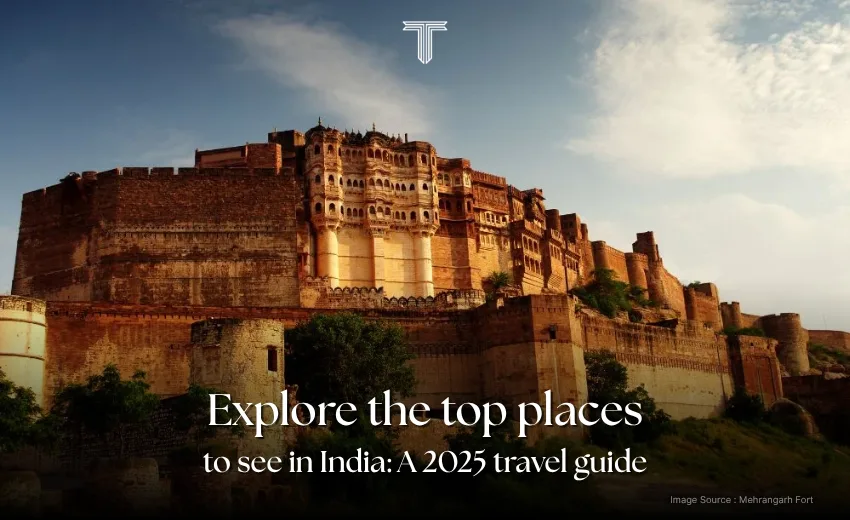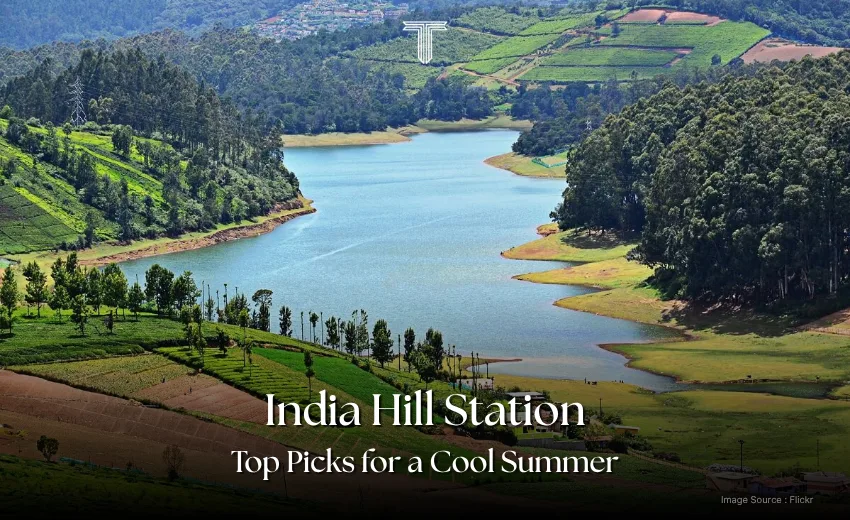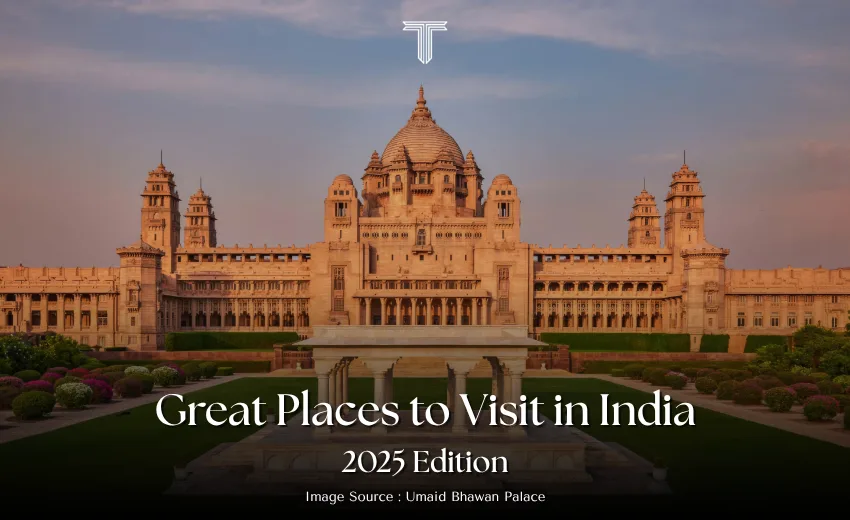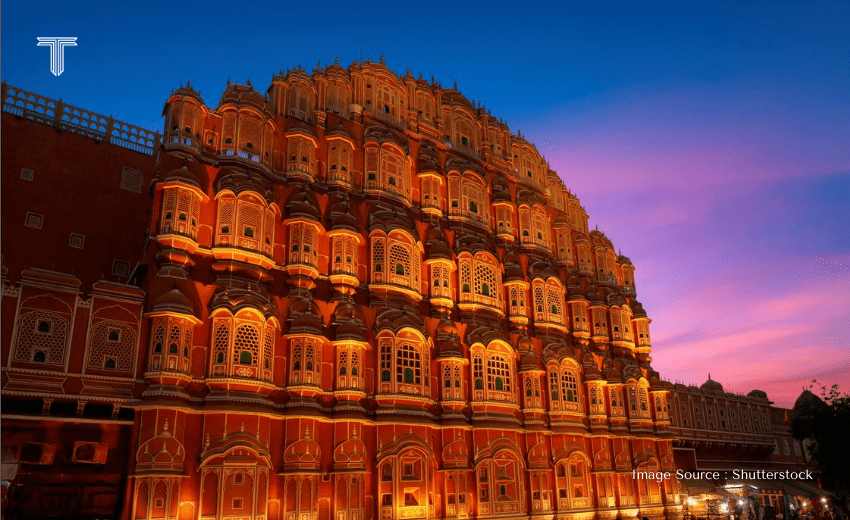Table of Contents
ToggleDeciding when to visit your dream destination can make or break your trip. When done right in addition to booking the best stays & tour guides, you get the most seamless travel experience. This goes for every place, including the captivating state of Rajasthan. Most of the region remains hot throughout the year, owing to its desert topography. Even so, this royal state has something to offer for other seasons, too. In this blog, we share the best time to visit Rajasthan, with a rundown of the best experiences for different seasons.
Winter (October to March)
The best season to visit Rajasthan is undoubtedly winter. During your visit between October and March, you will be greeted with pleasant daytime temperatures between 70° F and 85° F. The clear skies & refreshingly cool days are ideal for exploring the state.
Best Places to Visit in Rajasthan in Winter:
- Jaisalmer: Gateway to the Thar desert, Jaisalmer sees high temperatures for most of the year. Winters are perfect for a luxurious camel safari in the otherwise hot desert.
- Jaipur: Cool temperatures allow for exploring the Pink City without the troubling heat.
- Jodhpur: Another town that sees high temperatures for most of the year, the Blue City is great to explore during the winter.
- Besides the most awaited Hindu festival of Diwali, many of Rajasthan’s cultural festivals are also timed for the winter. Here’s a quick rundown of some.
- Pushkar Camel Fair: Held between late October & November, this fair is fascinating to witness. The sacred town of Pushkar is flocked by thousands of tourists & tradesmen for this centuries-old festival. At the world’s largest camel festival, expect beautifully decorated camels
- Jaipur Literature Festival: The world’s grandest celebration of books, it is held around the start of February. Literary luminaries from across the globe travel to the Pink City for this event
- Jaisalmer Desert Festival: Held in February, the Thar Desert is the most vibrant during this festival. Locals celebrate their ancient culture with colorful folk performances, games & extravagant feasts
Do bear in mind that winter is also the peak season, particularly December and January. Most accommodations will command premium rates. We strongly recommend securing reservations well in advance for a seamless & exquisite stay. Also, pack thoughtfully for evening temperature drops, especially if your itinerary includes desert regions like Jaisalmer, where night temperatures can be surprisingly brisk.
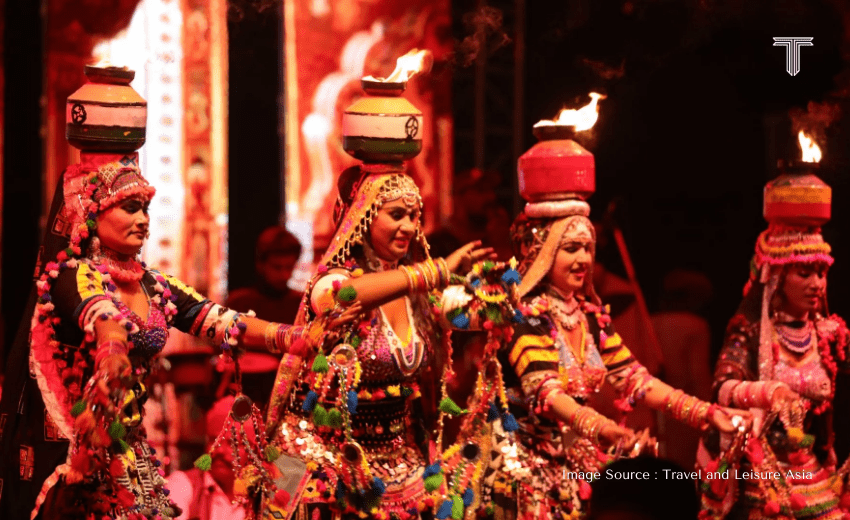
Summer (April to June)
Summers are essentially harsh in Rajasthan, owing to its geography as a desert state. Temperatures frequently soar to 100-115°F (38-46°C), posing a challenge for travelers to explore in comfort. So, it’s good to avoid visiting most of Rajasthan in the summer season. But thanks to the varying landscapes of the state, there are cooler hill stations & hidden gems to discover if you do end up here in Summer.
One of the most popular ones is Mount Abu, a hill station retreat in southern Rajasthan. It is the perfect sanctuary from the heat, with temperatures 15-20°F cooler than the plains. The panoramic views from Guru Shikhar, the highest point in the Aravalli Range, will make your trip worth it.
The scorching temperatures also lead to substantially reduced accommodation costs. Most premier properties offer their exquisite rooms at a fraction of their winter rates. To explore Rajasthan in Summer, opt for touring early morning or late evenings. Chances are, you will find most attractions with minimum tourist crowds.
Monsoon (July to September)
The monsoon in Rajasthan presents a fascinating paradox – unlike much of India that experiences torrential downpours. The region sees moderate rainfall accompanied by relief from the scorching summers. The otherwise arid topography springs back to life with vegetation & cool temperatures. This is best experienced in the City of Lakes, Udaipur. With lakes freshly replenished with the rainwater & the Aravallis that surround the city, alive with lush greenery, Udaipur is its most charming in Monsoon.
Besides a refreshing retreat in Udaipur, the Monsoon also sees joyous celebrations in Rajasthan. Festivals like Kajli Teej celebrate the arrival of rains with fervor, displayed iconically with rituals, culinary feasts & folk dances. Photography sees a unique perspective too, with dense clours & raindrops flanking the frames of the many beautiful palaces & forts of Rajasthan. Accommodation costs remain average during this time, with crowds being comparatively lower than the peak season.
FAQs
October and November are the best months to visit Rajasthan. Time your trip around India’s grandest festival, Diwali, for an extravagant cultural experience. All major attractions are beautifully lit up with lights for the occasion, adding to the vibrance of the place.
Ranthambore is Rajasthan’s most popular wildlife destination for tiger safaris. The best time for safari here coincides with the best time to visit the state altogether, which is October to March. Expect cool temperatures & higher chances of tiger sightings for a premium safari experience.
The average winter temperatures in Rajasthan range between 70° F and 85° F. Days are mostly sunny, yet cool. However, temperatures do see a drastic drop by nighttime.
